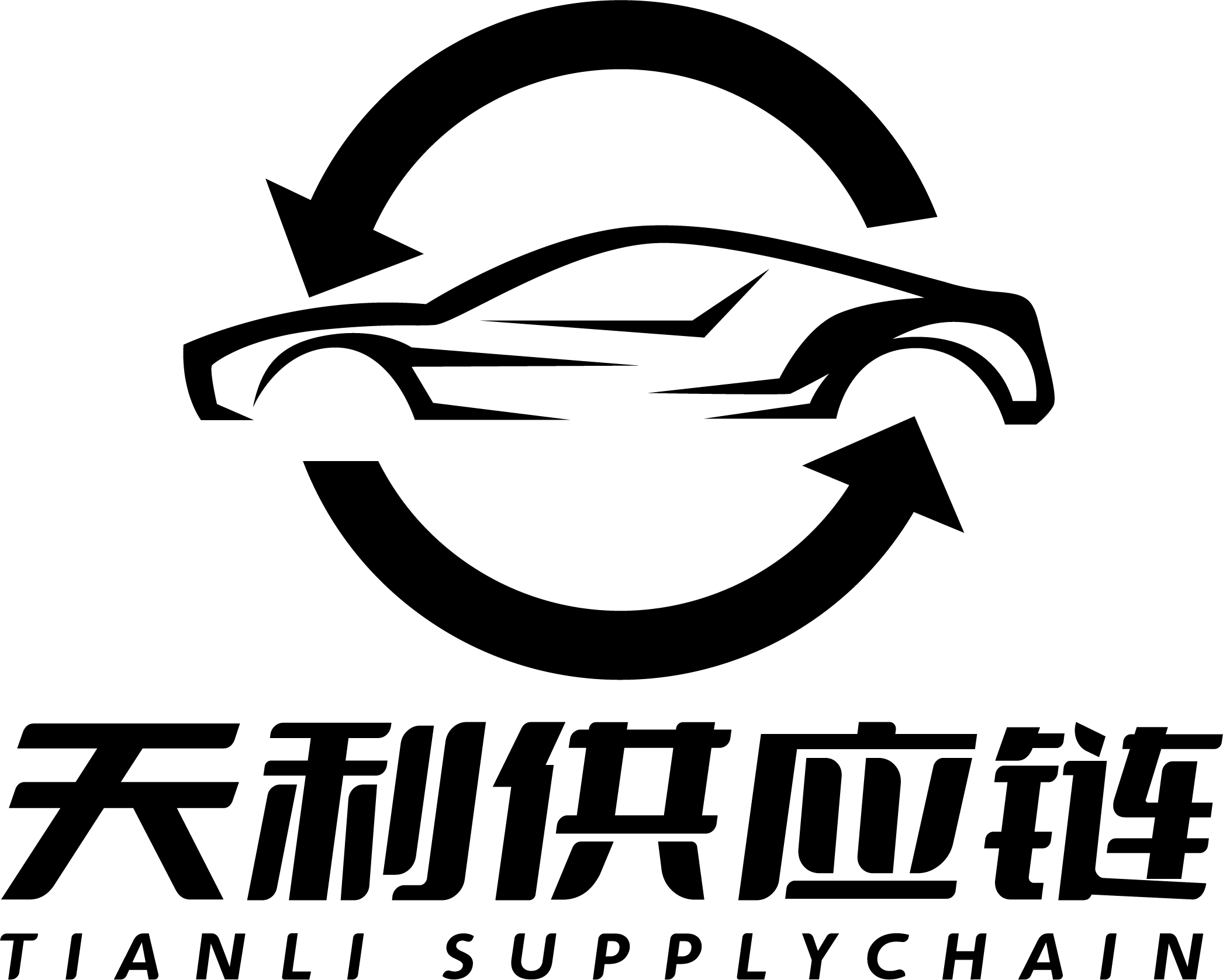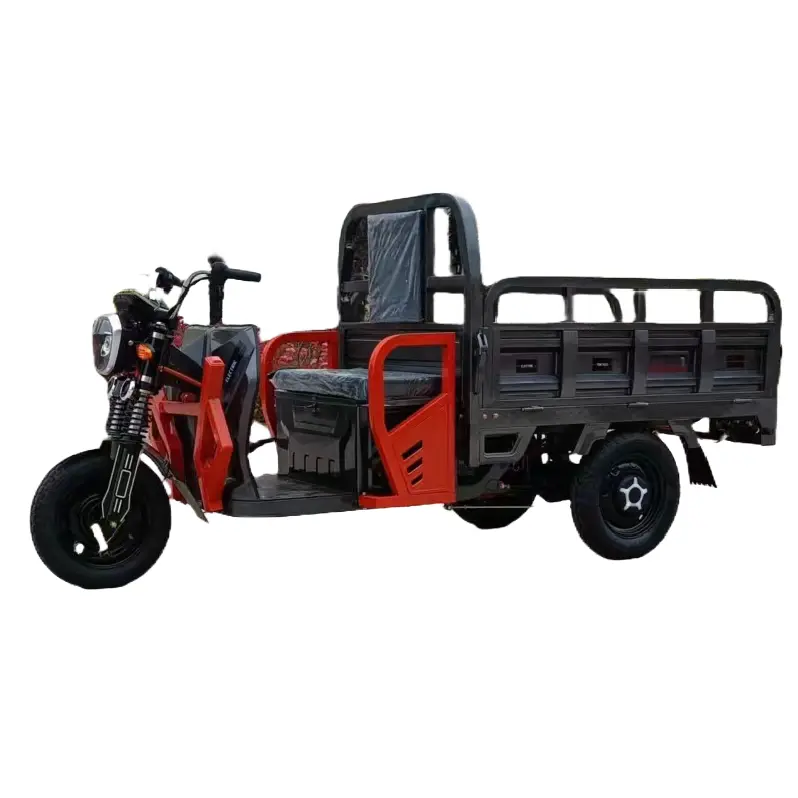The "Invisible Code" for Understanding Car Tire Pressure
Tire pressure is not a fixed value that remains constant. It changes dynamically with environmental temperature, load conditions and the condition of the tires. Take a common family car as an example. The standard tire pressure is usually between 2.2 and 2.5bar. In winter, when the temperature is low, the air inside the tires contracts, and the tire pressure may drop by 0.1 to 0.2bar. If not replenished in time, it will lead to an increase in the tire's contact area with the ground, an increase in rolling resistance, which not only increases fuel consumption but may also cause accelerated wear due to excessive deformation of the tire sidewall. During the hot summer, the heat from the road surface is conducted to the tires, causing the internal air to expand due to heat. As a result, the tire pressure is prone to exceed the safe range. At this time, the tire hardness increases, the grip weakens, and there may even be a risk of a blowout during high-speed driving.
| Apart from temperature, load is also a key factor in adjusting tire pressure. When a auto is fully loaded with passengers or carrying heavy objects, the pressure on the tires increases. It is necessary to appropriately increase the tire pressure (usually about 0.2bar higher than when it is empty) to avoid excessive compression of the tires. If the tires are kept at high pressure for a long time without load, it will cause excessive wear in the center of the tires and shorten their service life. It is worth noting that the standard tire pressure for each auto is not uniform. Car owners can find the specific value recommended by the manufacturer on the B-pillar, the inner side of the fuel tank cap, or in the user manual. This is a "safety benchmark" customized in combination with the vehicle model design and tire specifications. |  |
The habit of checking tire pressure on a daily basis is equally important. It is recommended to check the tire pressure at least once a month. Before each long-distance trip, it is also necessary to confirm the value. When checking, it is best to choose a cold vehicle (parked for more than 3 hours or driven for no more than 1 kilometer), as the measured tire pressure at this time is closer to the true value. Nowadays, many car models are equipped with tire pressure monitoring systems (TPMS), which can display the tire pressure of each tire in real time. Once an abnormality is detected, it will promptly trigger an alarm, saving car owners the trouble of manual inspection. However, even so, regularly checking the values with a tire pressure gauge remains a double guarantee for ensuring safety.
| The tiny tire pressure value holds the "safety code" for a vehicle's operation. Paying attention to tire pressure and making scientific adjustments not only makes every trip more reassuring but also enables the tires to perform at their best, saving maintenance costs for car owners. These small details are precisely an important part of safeguarding a safe journey. |  |















